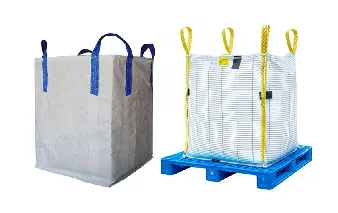what does a overlocker do
What Does an Overlocker Do?
An overlocker, also known as a serger, is an essential tool in the world of sewing and garment construction. It is designed to create professional-quality finishes on fabric edges, ensuring that garments not only look polished but also stand the test of time. Understanding the capabilities and functions of an overlocker can significantly enhance the sewing experience for both hobbyists and professionals alike.
The Function of an Overlocker
At its core, an overlocker performs three main functions edge finishing, seam construction, and trimming excess fabric. Unlike a conventional sewing machine which typically produces a simple straight or zigzag stitch, an overlocker uses multiple threads to create a stitch that finishes the raw edges of fabric while simultaneously sewing seams. This unique capability helps to prevent fraying, which can occur with traditional sewing methods, especially in fabrics that unravel easily, such as knits and woven materials.
One of the standout features of an overlocker is its ability to sew with multiple threads. The common configurations use three or four threads, which allows for a flatlock seam, rolled hem, or three-thread overlock. This versatility means an overlocker is ideal for constructing seams that are both strong and flexible, essential for garments that require a degree of stretch, such as t-shirts and leggings.
Seam Construction and Fabric Care
In addition to edge finishing, overlockers are particularly beneficial for seam construction. When sewing knit fabrics, for example, a standard sewing machine may struggle to provide the stretch needed for the seam to maintain its shape after washing and wearing. Overlockers excel in this area by allowing the fabric to stretch without breaking the thread, thereby providing a durable and flexible seam.
what does a overlocker do

Furthermore, an overlocker can also play a critical role in fabric care. The overlocking stitch minimizes the amount of fabric bulk at seam allowances, which not only improves the overall look of the garment but also makes it more comfortable to wear. With less bulk, garments are less likely to irritate the skin, especially in areas such as armholes, necklines, and side seams.
A Versatile Tool
Beyond typical edge finishing and seam construction, many overlockers come equipped with various functionalities that broaden their versatility. Some models offer differential feed, which allows for the adjustment of the feed dog speed. This feature enables sewers to gather fabric, control stretching in knits, or overcome puckering issues, making it ideal for various sewing techniques.
Additionally, overlockers can be employed in decorative projects, such as creating lace edges or adding ruffles, which can enhance the visual appeal of garments and home accessories. The capability to create rolled hems is particularly advantageous when working with lightweight fabrics or finished edges for scarves and table linens.
In Conclusion
An overlocker is a powerful addition to any sewing toolkit, offering a multitude of benefits that goes beyond simple edge finishing. Its ability to construct durable seams, minimize fabric fraying, and enhance the overall aesthetic of garments makes it a valuable asset. Whether you are a beginner venturing into the world of garment making or an experienced seamstress looking to refine your craft, understanding what an overlocker can do will undoubtedly elevate your sewing projects.
With the growing popularity of DIY clothing and alterations, having an overlocker can transform the way you approach sewing, allowing for greater creativity and professionalism in each piece you create. As you explore the capabilities of this remarkable machine, you may find that it opens up a whole new realm of sewing possibilities.
-
Industrial Cylinder Arm Sewing Machine: Revolutionizing Heavy-Duty SewingNewsJul.28,2025
-
Cylinder Arm Sewing Machine: Perfect for Special Sewing ApplicationsNewsJul.28,2025
-
Cylinder Bed Sewing Machine: Essential for Sewing Complex MaterialsNewsJul.28,2025
-
Heavy Duty Sewing Machine: The Essential Tool for Industrial ApplicationsNewsJul.28,2025
-
Computerized Pattern Sewing Machine: Revolutionizing Precision StitchingNewsJul.28,2025
-
Heavy Duty Industrial Sewing Machine: Power Meets PrecisionNewsJul.28,2025
-
Leather Sewing Machine: The Industrial Standard for Tough MaterialsNewsJul.18,2025





























